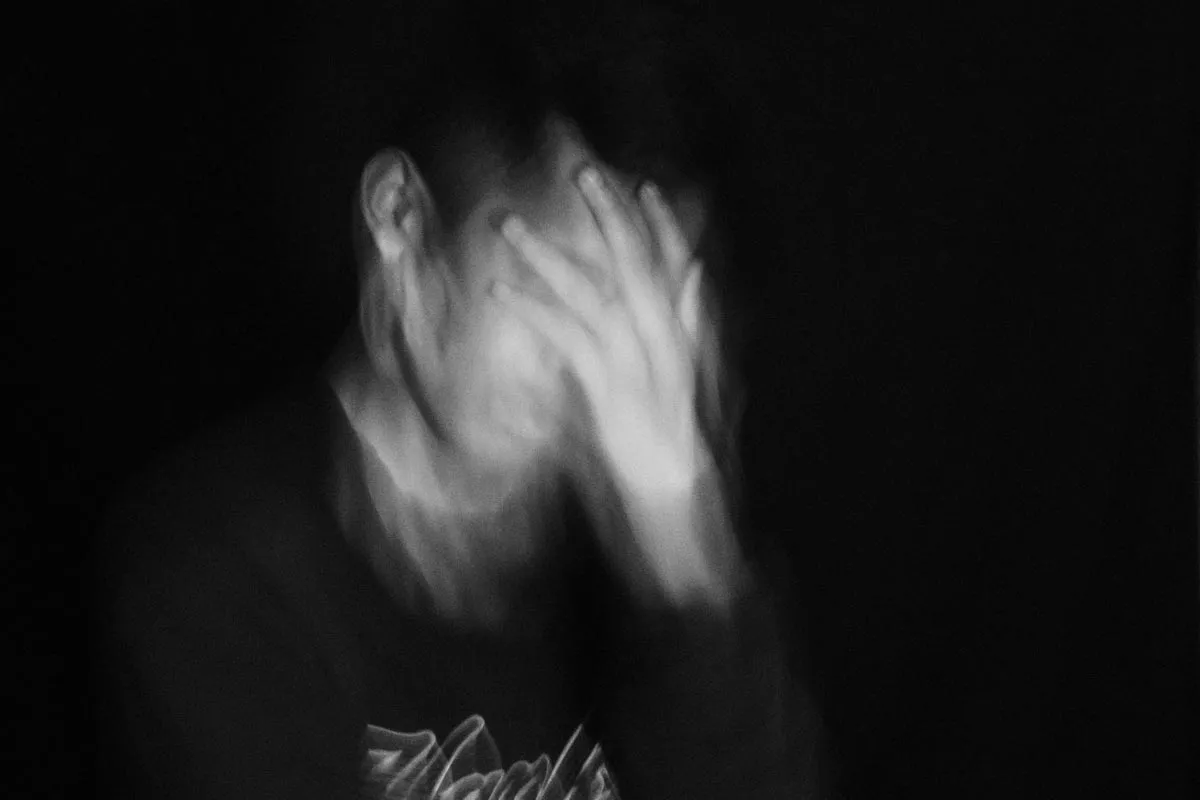
Have you ever experienced dizziness and blackouts when standing up quickly after sitting or squatting for a while? This phenomenon is surprisingly common, but what causes it?
It Might Be Low Blood Pressure
Our brain, the command center of our body, requires a constant supply of oxygen, which is delivered by our blood. The heart pumps blood through the arteries, creating blood pressure that propels the blood to the brain. If the blood pressure is too low, the brain doesn’t get enough oxygen, leading to dizziness and blackouts.
When you suddenly stand up, the blood pressure might drop because the blood has to fight gravity to reach the brain. This can happen even more after eating, as blood is directed to the digestive system. As a result, the heart may not pump enough blood to maintain arterial pressure, causing temporary oxygen deprivation in the brain and resulting in dizziness and blackouts.
Who Is More Prone to Low Blood Pressure?
-
Elderly People: Postural hypotension and postprandial hypotension are common in older adults due to the reduced ability of their blood vessels and heart to adjust to changes, leading to fluctuating blood pressure.
-
Patients with Certain Diseases: Conditions like Parkinson’s disease or those undergoing dialysis are at higher risk due to impaired vascular regulation.
-
People with High Blood Pressure: Those on antihypertensive medications may experience low blood pressure, especially if their vascular regulation is compromised.
-
Dehydrated Individuals: Not drinking enough water or losing fluids through excessive sweating or bleeding can reduce blood volume, leading to low blood pressure.
-
Pregnant Women: The enlarged uterus during pregnancy can obstruct blood flow back to the heart, reducing cardiac output and causing low blood pressure upon standing.
-
Healthy Young People and Children: Anxiety, heightened sensitivity, or sudden movements can also trigger low blood pressure and dizziness.

What Constitutes Low Blood Pressure?
Blood pressure readings of less than 90/60 mm Hg are generally considered low. However, low blood pressure isn’t always abnormal. If you experience symptoms like dizziness, fatigue, nausea, chest tightness, or confusion, it’s a sign to consult a doctor.
Symptoms of Low Blood Pressure
- Dizziness and blackouts when standing
- Nausea and chest tightness
- Palpitations and sluggish responses
- Neck and shoulder discomfort due to muscle ischemia
Symptoms often worsen when standing and improve when sitting or lying down. Severe symptoms like fainting, falls, confusion, and persistent chest pain warrant immediate medical attention.
Managing Low Blood Pressure
-
Stay Hydrated: Drink at least 2 liters of water daily to maintain blood volume unless advised otherwise by a doctor.
-
Increase Salt Intake: If low sodium is a factor, a slight increase in salt consumption under medical supervision can help.
-
Regular Exercise: Engage in moderate, non-strenuous activities like stationary cycling or rowing to improve circulation without overexerting yourself.
-
Move Slowly: Change positions gradually to prevent dizziness and falls.
-
Avoid Prolonged Hot Showers and Saunas: These can further lower blood pressure. Compression stockings can also help by improving blood return to the heart.
-
Avoid Donating Blood: For those with low blood pressure, donating blood can further reduce blood volume and exacerbate symptoms.
By understanding and managing the factors that contribute to low blood pressure, you can reduce the risk of dizziness and blackouts and maintain better overall health.

